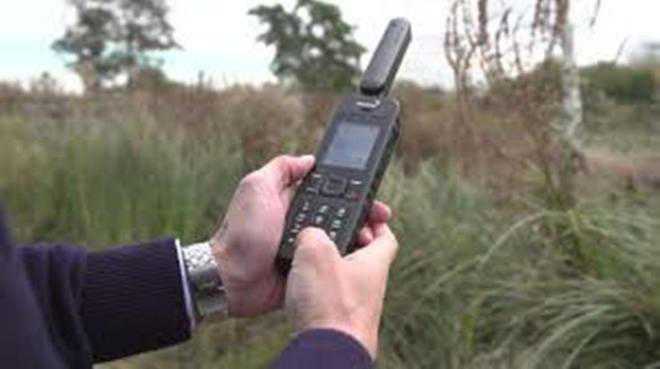Stresses is on indigenous development despite imported adaptors being available in commercial market

Vijay Mohan
Chandigarh, December 31
With the increasing use of satellite-based communication systems in the armed forces, the Army is developing portable adaptors that can convert a conventional android cellular phone into a satellite phone.
“Our requirement is for a programmable handheld adaptor that can be connected to any android phone through a micro-USB or Bluetooth for converting it into a satellite phone,” an officer said.
According to sources, the project will be outsourced to the Indian industry through a competitive bidding process. The device should be less than 500 g in weight with a talk time of at least two hours and standby time of at least 10 hours.
Imported adaptors to convert cellular phones to satellite phones are also available in the commercial market, but the Army’s stress is on indigenous development. These adaptors can also be used by the Air Force and Navy as well as other services.
“Satellite phones are available in limited numbers and through specific foreign-based service providers only,” an officer said. “On the other hand, everyone has a cell phone which can be connected to our own communication satellite network through the indigenous adaptors,” he added.
While cellular phone coverage is not available in many areas in the mountains and deserts where the armed forces are deployed as there are no cellular towers nearby for connectivity, satellite phones face no such restrictions and can be used from virtually any point on earth.
The army has satellite-based radio sets for communication, but these largely interlink units and formations. Converting mobile phones into satellite phones would make one-to-one communication and transfer of data between individuals or small groups on the move faster and more convenient.
The Army is also looking at means to make satellite phone communication more secure by developing anti-jamming and anti-spoofing circuits that can be integrated into the handsets.
Earlier this year, the Army conducted a pan-India drill, Exercise Skylight, to test the operational preparedness of its satellite-based assets and personnel manning them. All communication systems using satellites were activated and various functional procedures and technical parameters were validated.





































































